Copper patchcords
-
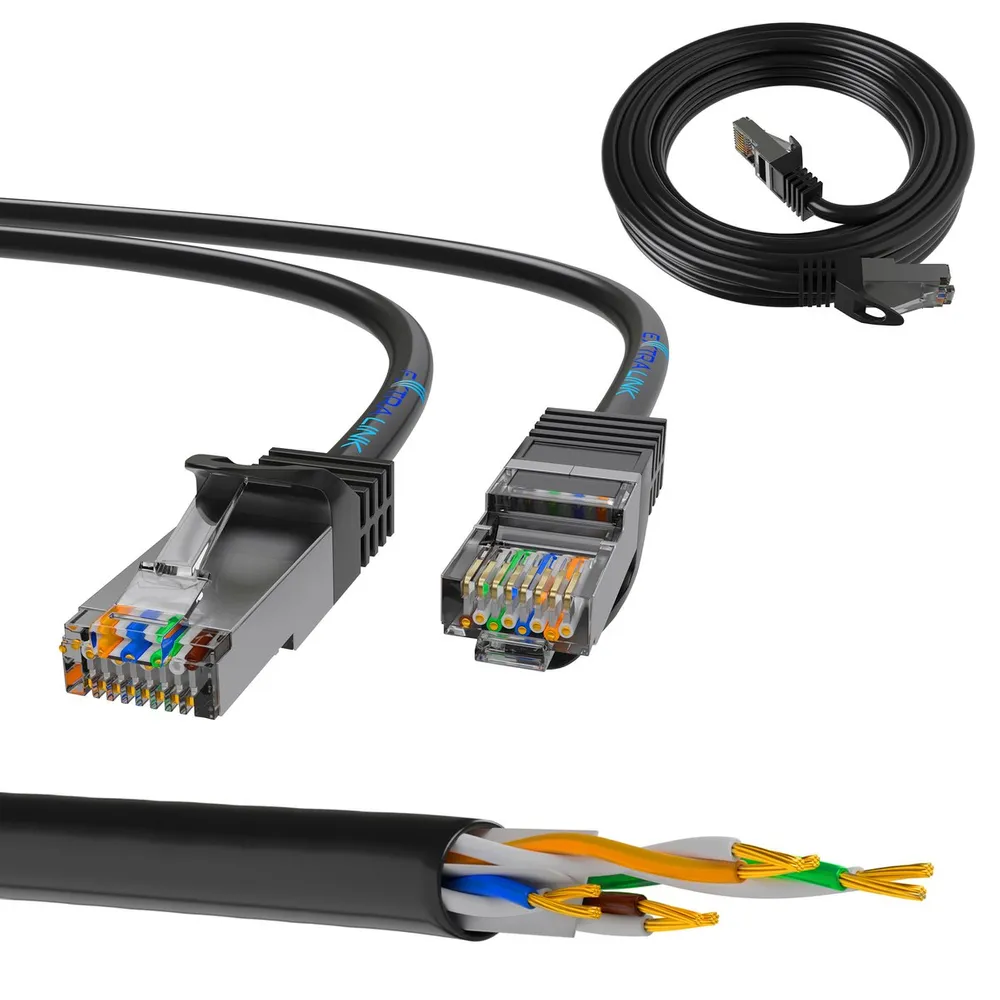
Extralink Cat.5e FTP 0.5m LAN patchcord
1,69 zł Gross -
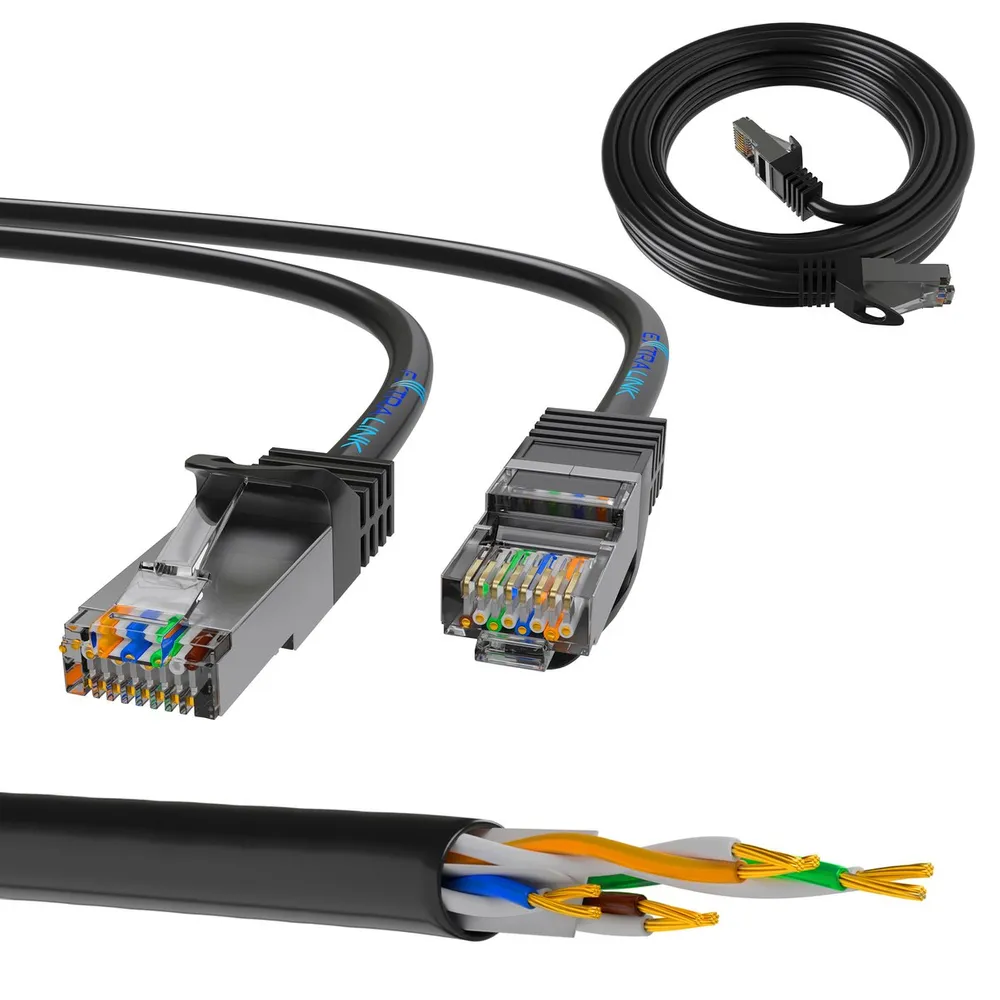
Extralink Cat.5e FTP 10m LAN patchcord
13,23 zł Gross -
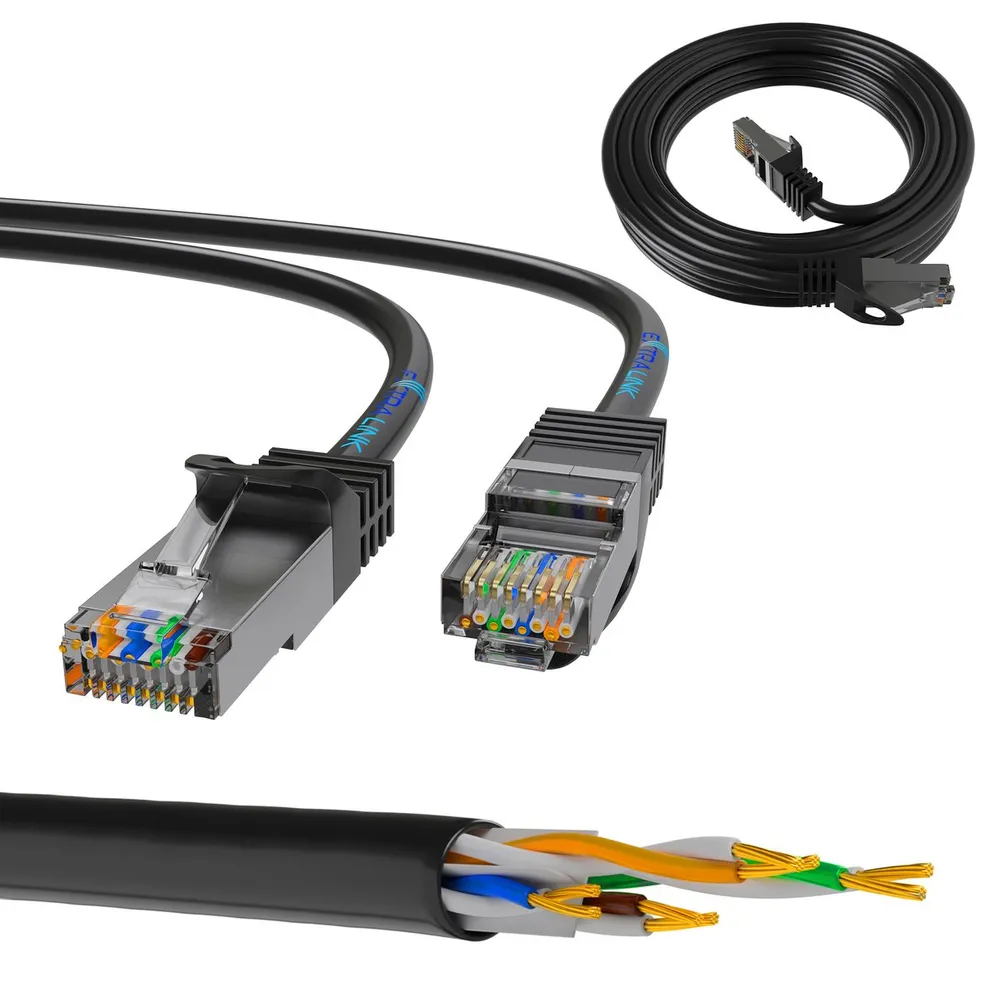
Extralink Cat.5e FTP 1m LAN patchcord
3,99 zł Gross -
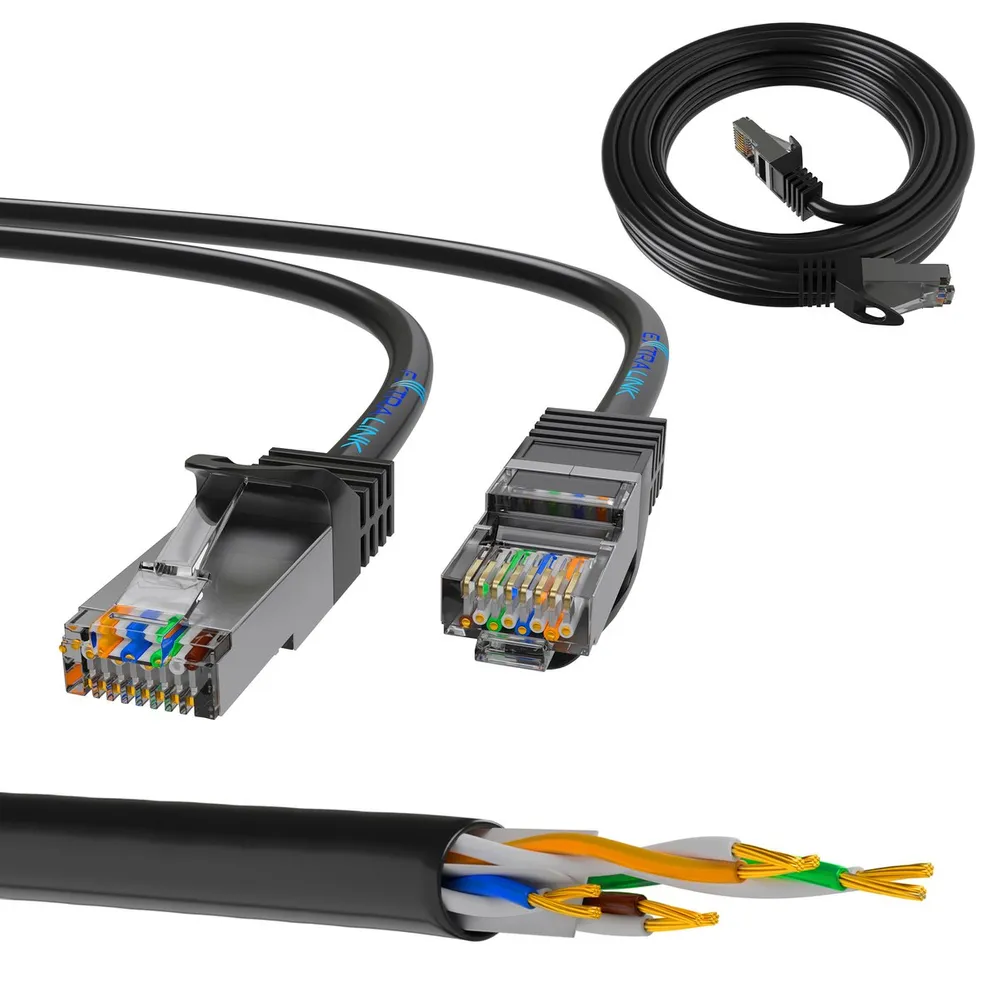
Extralink Cat.5e FTP 2m LAN patchcord
3,22 zł Gross -
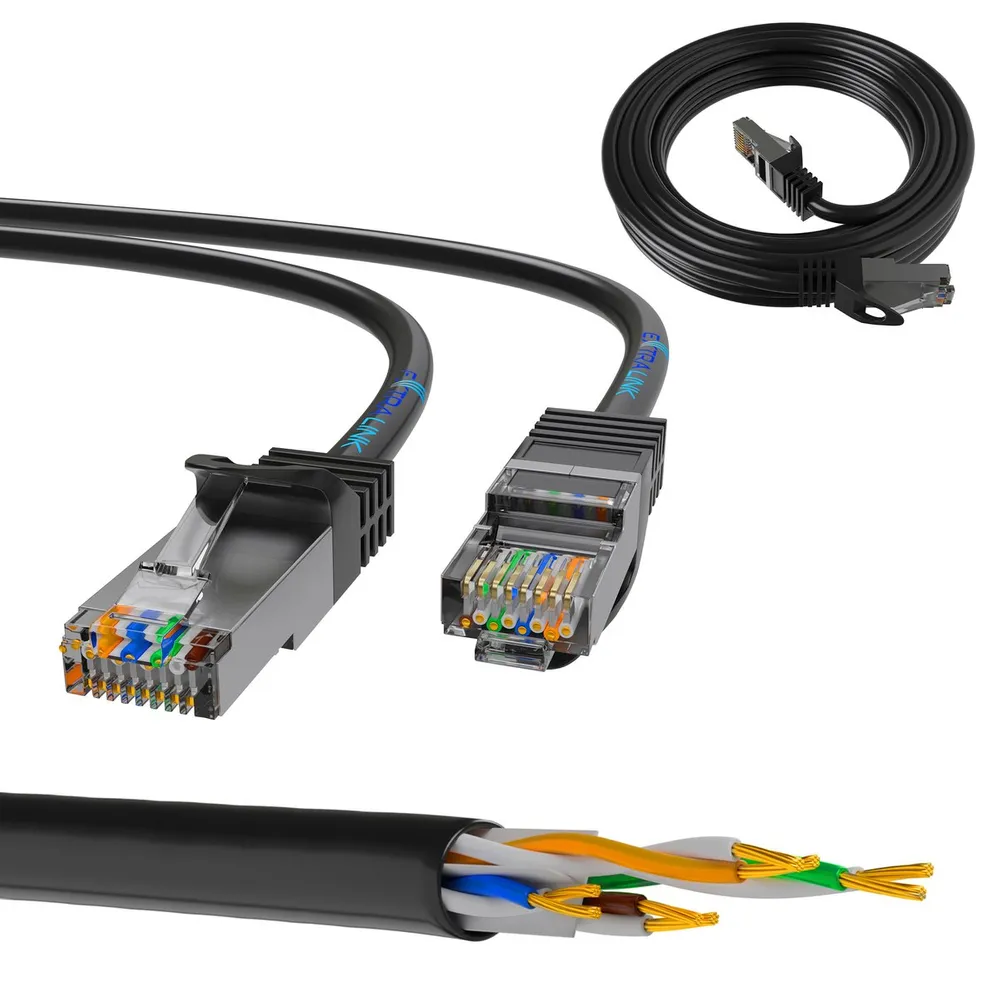
Extralink Cat.5e FTP 3m LAN patchcord
4,34 zł Gross -
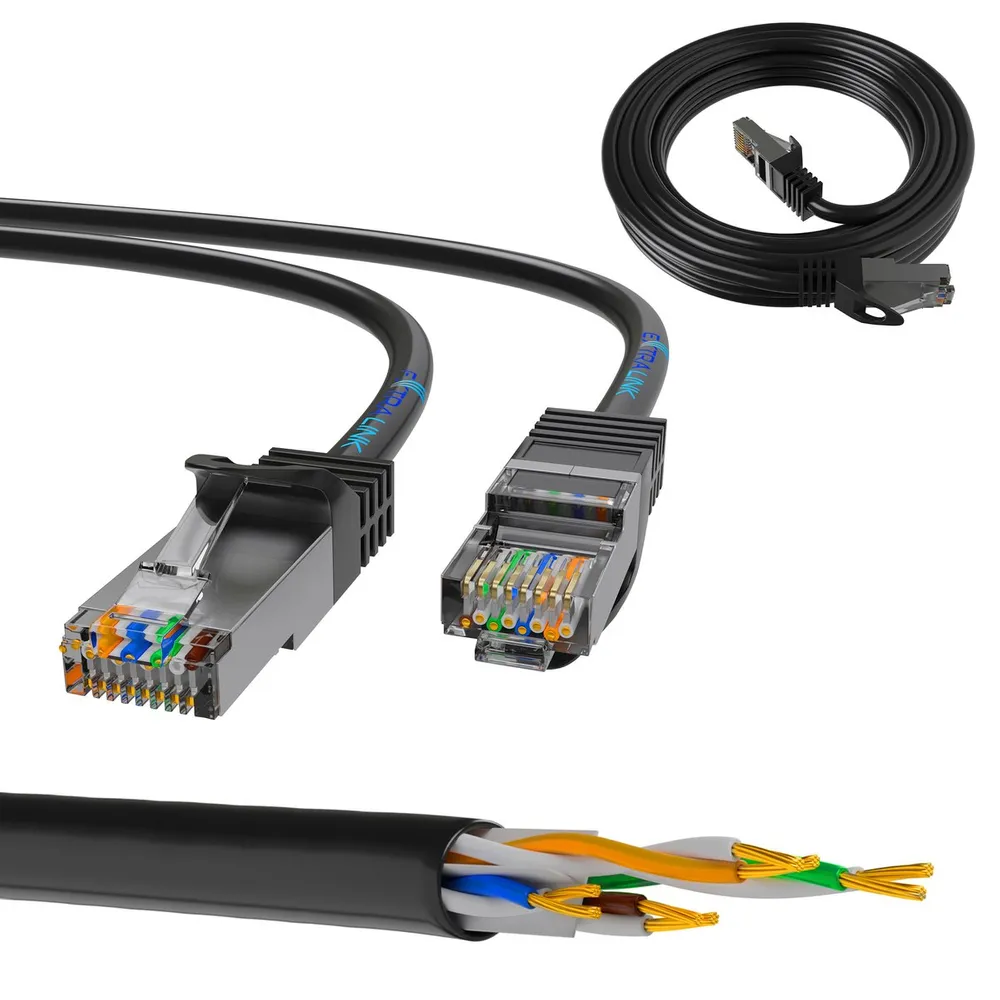
Extralink Cat.5e FTP 5m LAN patchcord
4,81 zł Gross -
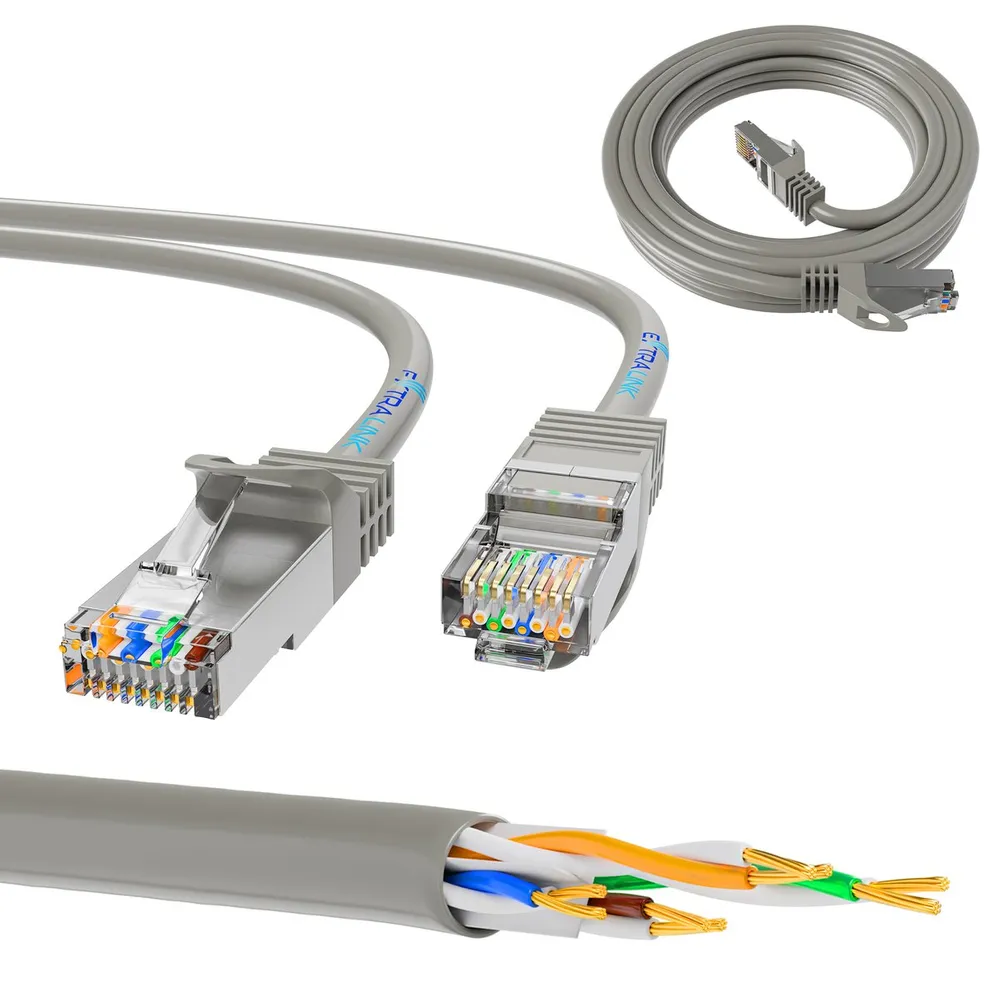
Extralink Cat.5e UTP 0.5m LAN patchcord
2,48 zł Gross -
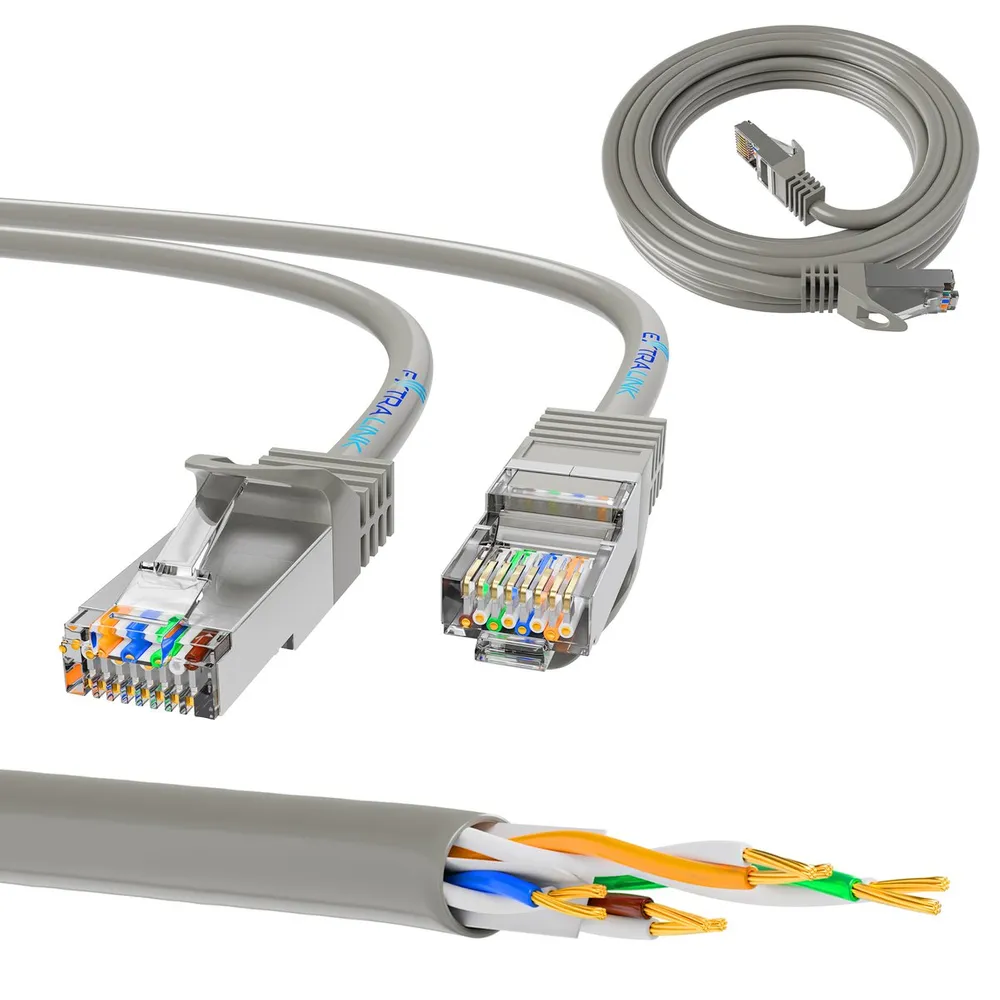
Extralink Cat.5e UTP 10m LAN patchcord
17,99 zł Gross -
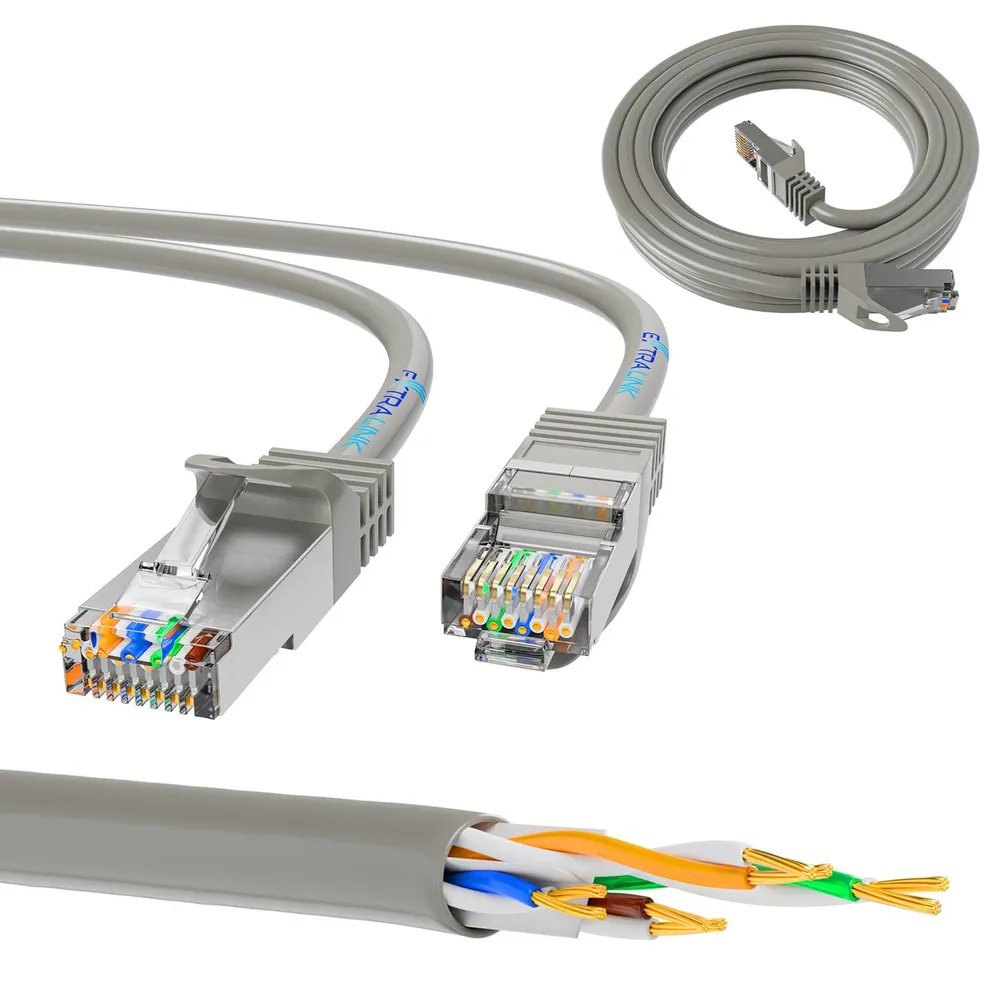
Extralink Cat.5e UTP 1m LAN patchcord
3,59 zł Gross -
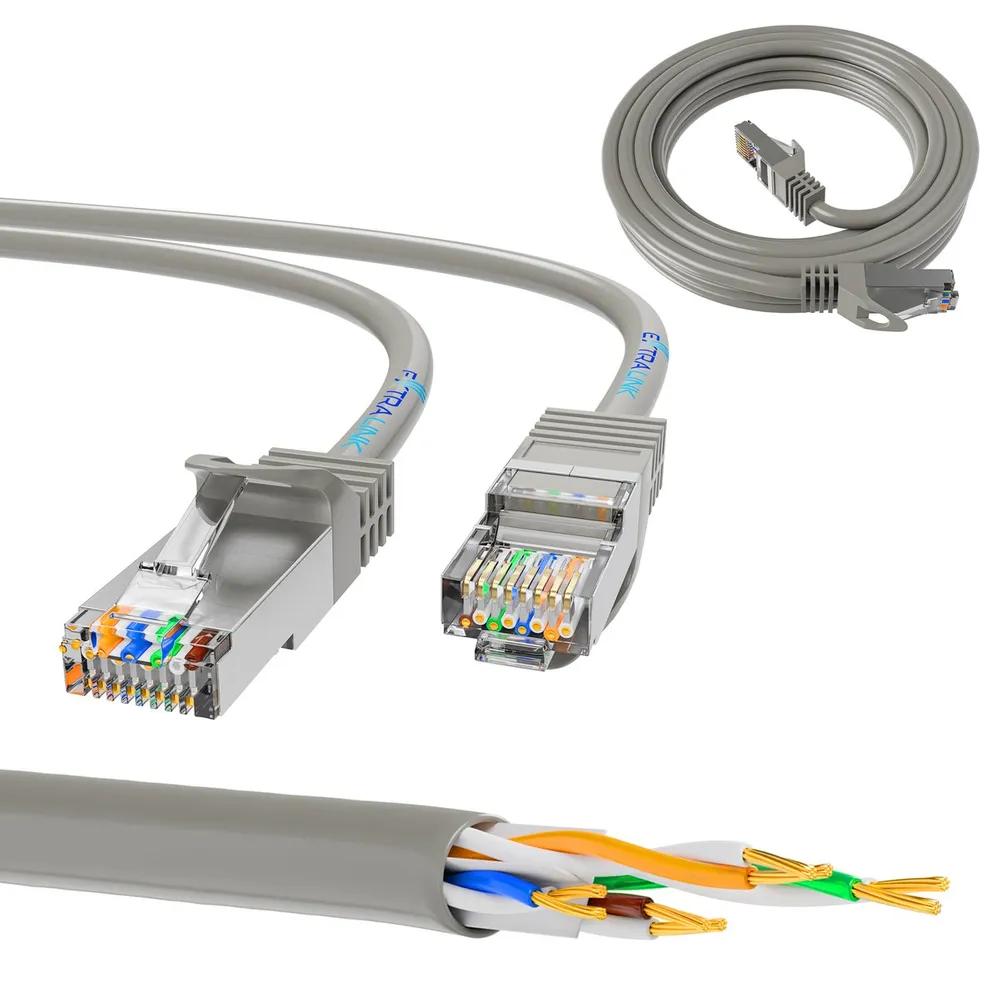
Extralink Cat.5e UTP 2m LAN patchcord
4,22 zł Gross -
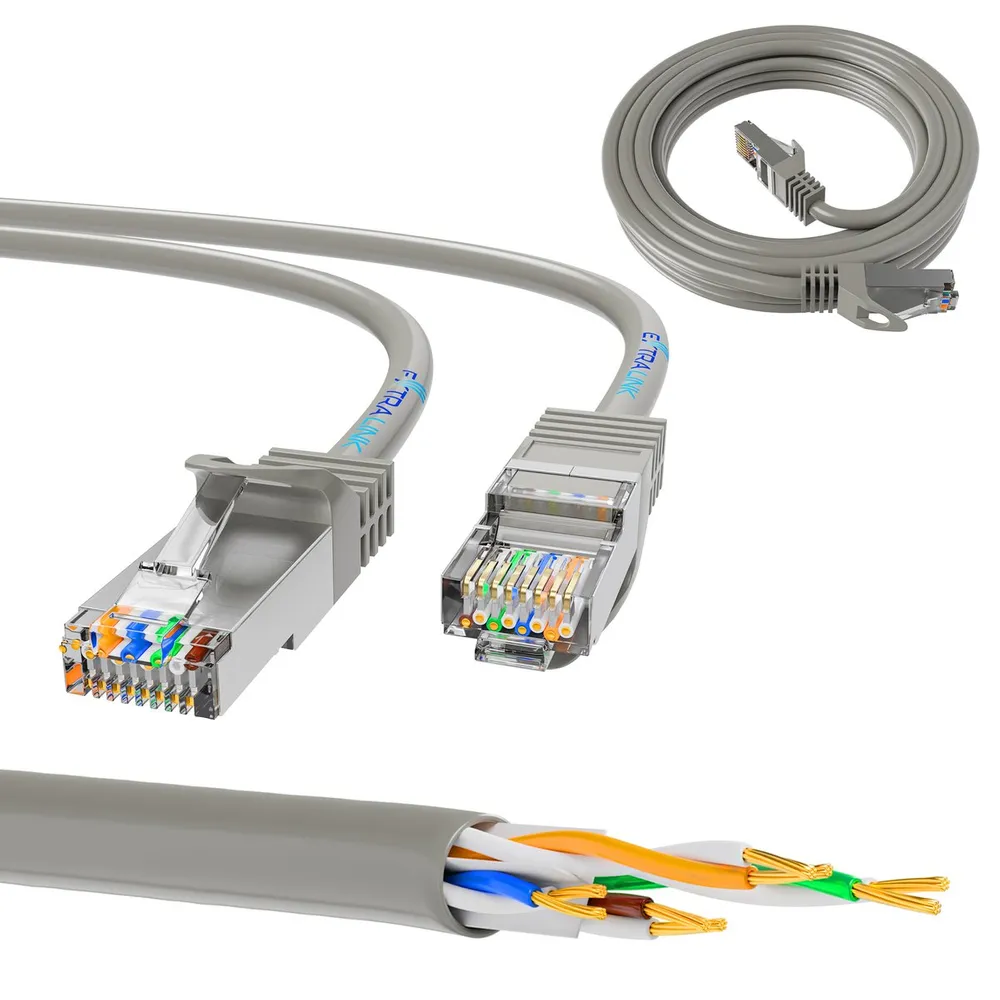
Extralink Cat.5e UTP 3m LAN patchcord
3,22 zł Gross -
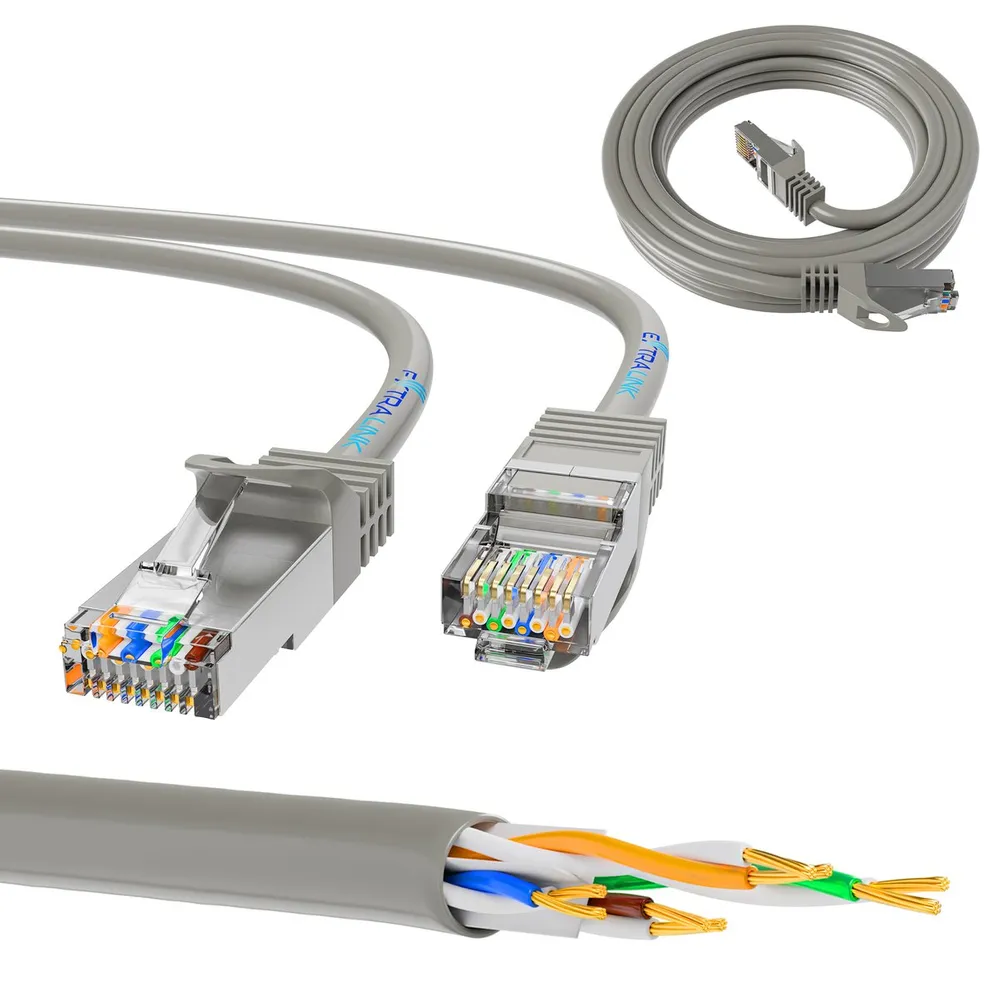
Extralink Cat.5e UTP 5m LAN patchcord
7,04 zł Gross -
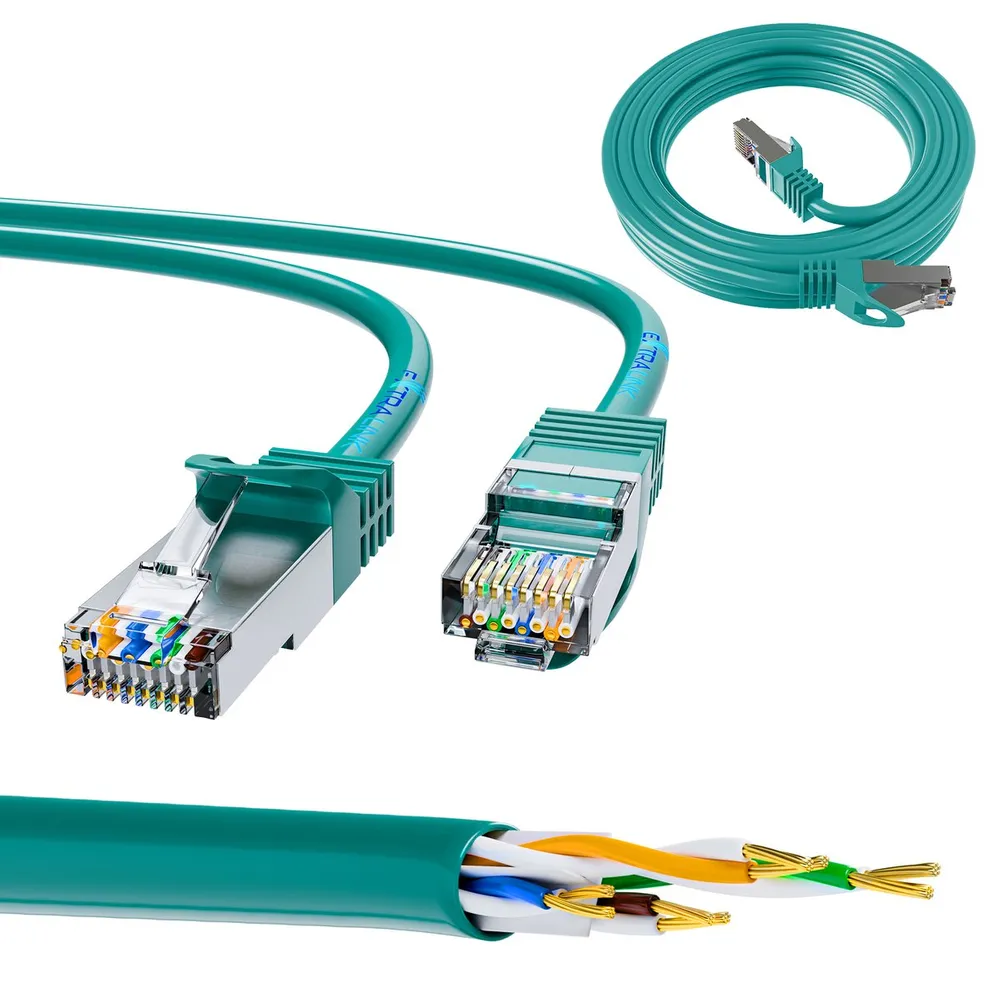
Extralink Cat.6 FTP 0.5m LAN patchcord
3,49 zł Gross -
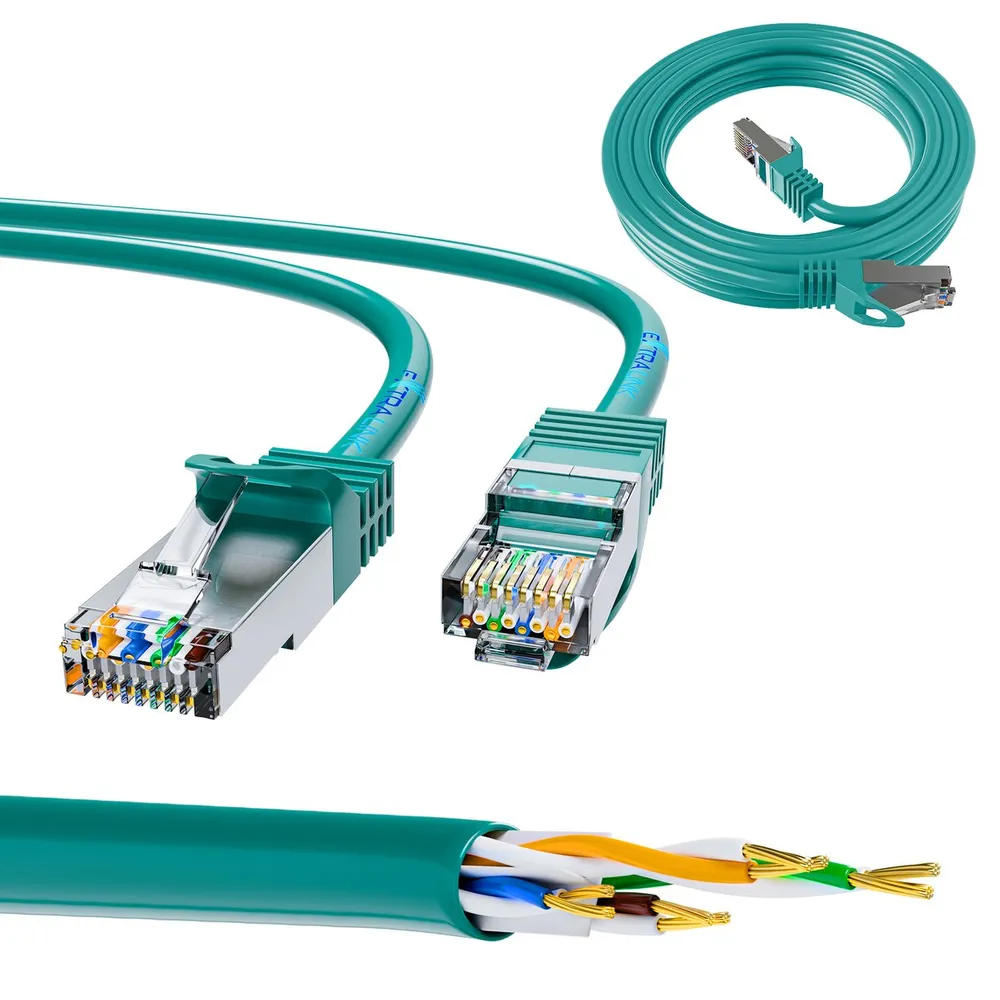
Extralink Cat.6 FTP 10m LAN patchcord
14,29 zł Gross -
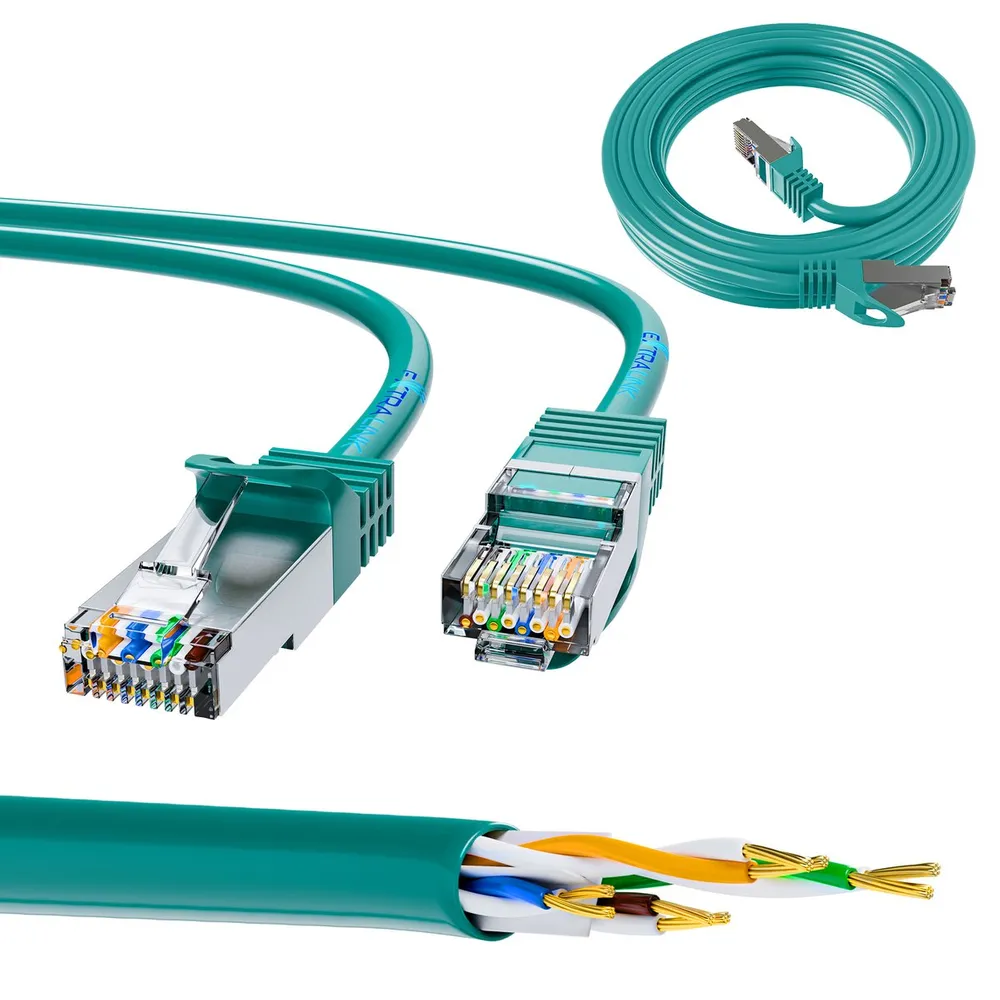
Extralink Cat.6 FTP 3m LAN patchcord
6,00 zł Gross -
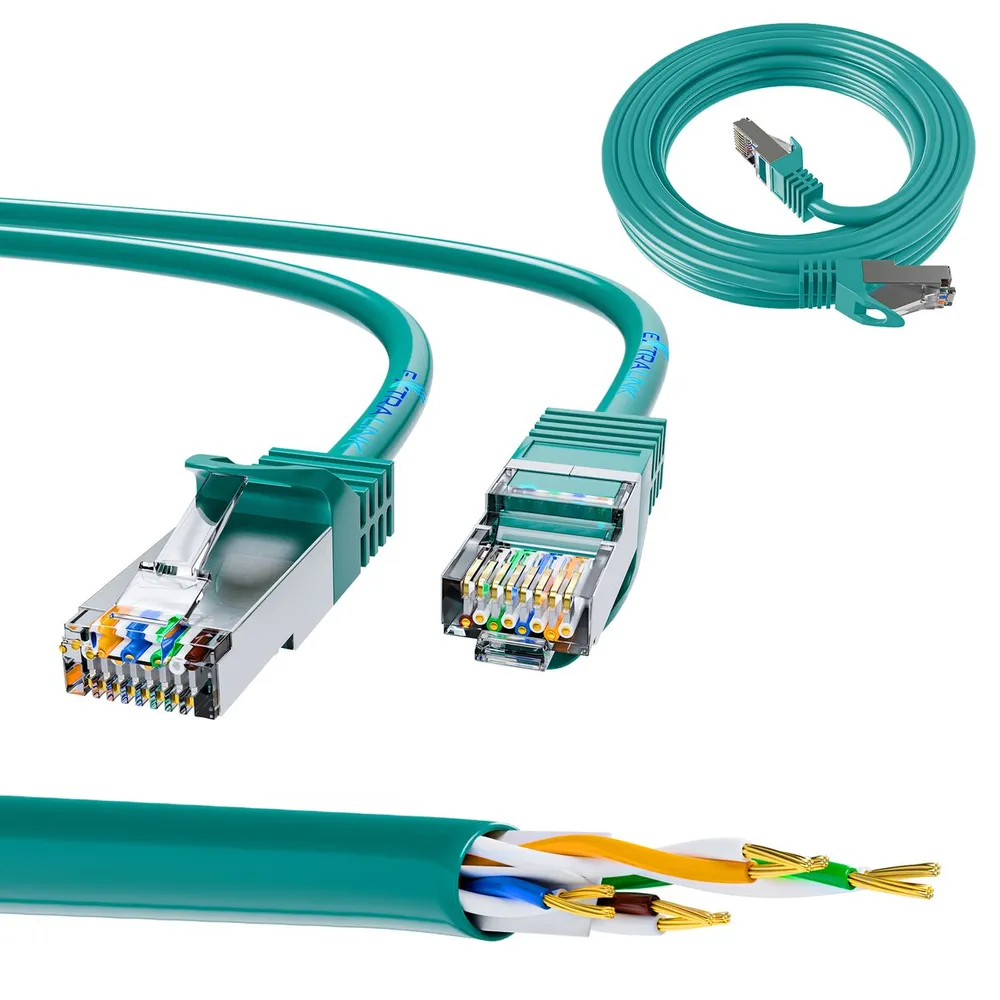
Extralink Cat.6 FTP 5m LAN patchcord
10,32 zł Gross
What is a patchcord?
A patchcord, also known as a patch cable, is a short network cable used to connect various devices on a computer network. It is an essential part of the network infrastructure to connect computers, switches, routers and other network devices. Copper patchcords have a high degree of flexibility and are available in different lengths and categories to meet a variety of user needs.
Patchcord types
- Unshielded:
UTP patchcords have no additional shielding, making them lighter and more flexible. They are ideal for standard home and office installations where electromagnetic interference is minimal.
- Shielded:
FTP patchcords have aluminium foil shielding for better protection against electromagnetic interference. They are used in environments with higher levels of interference.
S/FTP patchcords have an extra layer of shielding for maximum protection against interference. They are ideal for advanced installations requiring the highest quality connections.
How to choose the right patchcord?
- Application:
For standard home and office installations where interference is minimal, the following will be suitable Extralink Cat.5e UTP patchcord.
In areas with high levels of electromagnetic interference, a shielded patchcord will work better Extralink Cat.5e FTP.
- Speed requirements:
If your network requires higher data rates, it is worth considering Extralink Cat.6 FTP patchcord.
For the most demanding applications, where speed and minimisation of interference are key, the following will be suitable patchcord Cat.6A S/FTP.
- Shielding:
The choice between UTP and FTP depends on the level of interference in the installation environment. In areas with minimal interference, an unshielded UTP patchcord will suffice, while in more demanding conditions, shielded FTP or S/FTP will work better.
Choosing the right patchcord requires consideration of the application, speed requirements and the level of interference in the installation environment. Each of these factors will help ensure optimal network performance.
